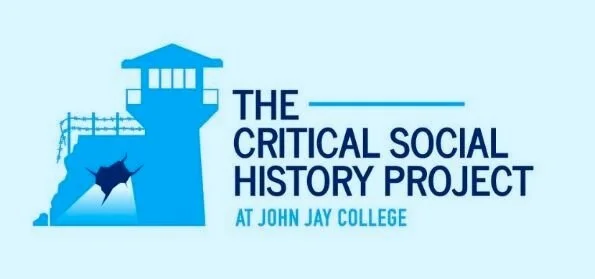By Camilla Broderick
During my first month I was what is referred to as a detainee, a jail inmate who is awaiting a sentencing. The vast majority of those incarcerated on Rikers Island are detainees, they can be easily identified by their light brown uniforms. A month into my sentence I was scheduled for court, on that day the officers wake you up at five am. You wait in the same area where you were processed into the facility, with everyone else who has to attend court that day from throughout the detention center. You are again handcuffed to a stranger, and put into a van with barred windows. Male inmates are separated from women, usually in a different barred section of the bus. Many inmates use this time to find pen-pals with the male inmates and smoke contraband cigarettes. Once at the courts you are escorted to the “tombs” where you sit for hours waiting to be called into court. I was finally called into court for the first time without being able to wear my own clothes or make up or even really comb my hair. I could not even get a sweater at this point or a clean bra. I was sentenced to a city year, which is eight months in total, for grand larceny and sale of a controlled substance. Which meant I would have to spend seven more months on Rikers Island, but worst of all I would be a felon when I was released. I signed some paper work that I plead guilty and then was removed from the courtroom. I returned to my cell in the tombs hysterically crying, where an officer handed me a piece of paper filled with places that would hire felons.
The list made me even more distressed as most of the locations were places like McDonalds and UPS, service or manual labor jobs that I knew I had more to offer than that. I knew that was not where I belonged; I had made horrible decisions and gone down an incredibly dark path but I had the capacity for so much more. I felt like I had just flushed the rest of my life down the drain. The officer scoffed at me, and said I only had a year sentence. She saw people get decades every day and not bat an eye. But they weren’t me, I couldn’t react in the same way they did. I had to wait in the tombs the rest of the day for everyone else to finish their court appointment. At the end of the day we were handcuffed and driven back in the van. There was an issue getting back onto the island and we were parked in the van for an extended period of time. One girl in the back complained that she had to go to the bathroom. The officers did nothing. She eventually pulled down her pants and went on the floor of the bus, and we sat there trying to avoid the puddle. Apparently this happens quite frequently because the officers and other inmates seemed used to it. When we came back in I was handed a green uniform in a size 4XL, the crotch of the uniform reached my knees. The green uniform signifies a sentenced inmate. They are the lucky inmates who have a release date, a small population of the Rikers Island inmates who have been sentenced to a year or less. Because there are so few you have to wait for someone to leave and gift you their old uniform before you can get one that fits and doesn’t look ridiculous. So until I could procure that I wore a jumpsuit so big I tripped over it. Once another sentenced inmate I had befriended left and I got her uniforms, which fit. I also would never have to return to court again, which was a blessing because that is a torturous day.
The anxiety alone is maddening, but combining it with the complete lack of stimulation exacerbates it to levels that are extremely cruel. I think that COVID’s transition to online activity may actually be a blessing in this regard. Turning inmate court visits into online visits instead would be beneficial to prisoner anxiety and time management. It would also lower costs significantly, as Rikers spends around 30 million dollars a year transporting inmates to and from court. Trials would need to still take place in person, and there would be leeway for in person court appearances as the court decides. For the vast majority of individuals however, online court appearances would suffice and make a change for the better for both the facility and the incarcerated.

